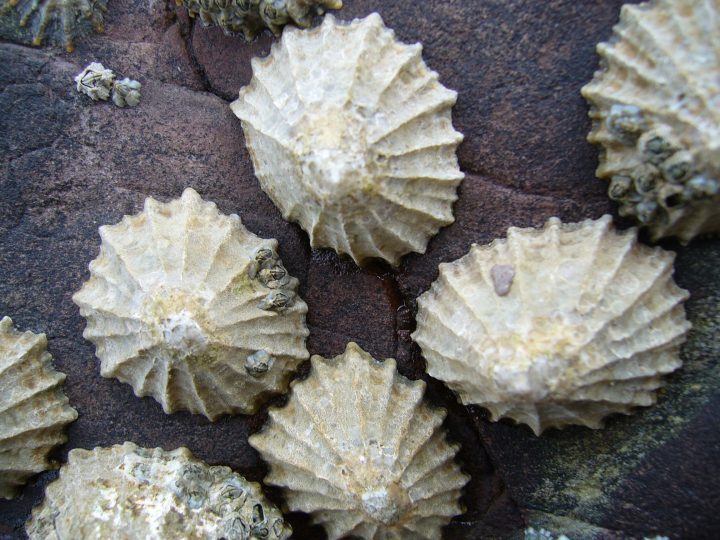Chemically Assemble Mineral Crystals
The vast majority of biochemical assembly and break down processes––even by the most complex organisms––occur within cells. In fact, cells are able to perform hundreds, even thousands, of chemical transformations at the same time under life-friendly conditions (ambient temperature and pressure in an aqueous environment). Within cells, organisms utilize organic compounds to facilitate the assembly of mineral crystals. For example, oysters utilize acidic proteins and sulfated polysaccharides to assemble layers of aragonite crystals.
Physically Assemble Structure
Living systems use physical materials to create structures to serve as protection, insulation, and other purposes. These structures can be internal (within or attached to the system itself), such as cell membranes, shells, and fur. They can also be external (detached), such as nests, burrows, cocoons, or webs. Because physical materials are limited and the energy required to gather and create new structures is costly, living systems must use both conservatively. Therefore, they optimize the structures’ size, weight, and density. For example, weaver birds use two types of vegetation to create their nests: strong, a few stiff fibers and numerous thin fibers. Combined, they make a strong, yet flexible, nest. An example of an internal structure is a bird’s bone. The bone is comprised of a mineral matrix assembled to create strong cross-supports and a tubular outer surface filled with air to minimize weight.







